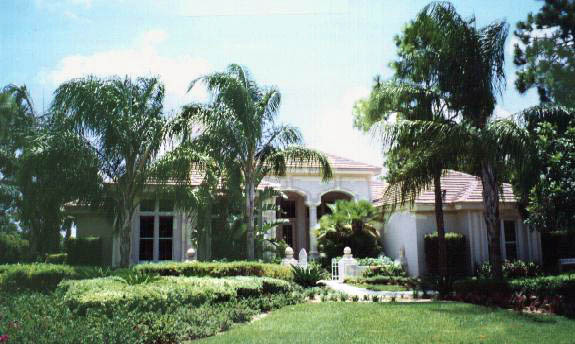RENTABLE AREA
When delving into the realm of commercial real estate, one encounters various terminologies and metrics that underpin the dynamics of property leasing and valuation.
Among these, the concept of rentable area, also known as net leasable area, holds pivotal significance in shaping the landscape of commercial property transactions and management.
Understanding Rentable Area
Rentable area denotes the total floor area within a commercial property that is available for lease to tenants. This encompasses the actual space leased by the tenant, as well as a proportionate allocation of the common areas within the property, such as corridors, elevators, stairwells, and restroom facilities. It essentially represents the space over which a tenant is charged rent.
Implications for Tenants and Landlords
For tenants, understanding the rentable area is crucial in evaluating the actual space they will occupy and the corresponding rental costs. On the other hand, for landlords and property managers, accurately delineating the rentable area is essential for determining lease terms, rental pricing, and overall property performance metrics.
Calculating Rentable Area
The calculation of rentable area is typically governed by established industry standards and guidelines, such as those outlined by the Building Owners and Managers Association (BOMA) or other relevant regulatory bodies. These standards provide a systematic methodology for measuring and allocating rentable area, ensuring consistency and transparency in commercial property transactions.
Embracing Transparency and Accuracy
In the realm of commercial real estate, transparency and accuracy in defining and communicating rentable area are paramount. Clear and precise delineation of this metric empowers both tenants and landlords to engage in lease negotiations, rental assessments, and property management with clarity and confidence, cultivating an environment conducive to mutually beneficial agreements and sustainable property performance.
In the realm of commercial real estate, transparency and accuracy in defining and communicating rentable area are paramount. Clear and precise delineation of this metric empowers both tenants and landlords to engage in lease negotiations, rental assessments, and property management with clarity and confidence, cultivating an environment conducive to mutually beneficial agreements and sustainable property performance.
Conclusion
In conclusion, the concept of rentable area serves as a cornerstone in the commercial real estate domain, exerting far-reaching impacts on leasing dynamics, property valuation, and tenant-landlord relationships. By embracing a comprehensive understanding of this metric, stakeholders can navigate the intricacies of commercial leasing and property management with precision and foresight, ultimately fostering a robust and transparent marketplace that facilitates optimal outcomes for all involved parties.
MORE REAL ESTATE TERMS
A, B, C, D, E, F, G, H, I, J, K, L, M, N, O, P, Q, R, S, T, U, V, W, X, Y, Z
Featured New Home

Featured Mortgage Brokers
- Altamont Mortgage Funding Inc, mortgage broker in Portland, OR
4380 SW Macadam Ave Ste 125
Portland, OR 97239 - ACADEMY MORTGAGE CORPORATION, CINCINNATI, OH
11590 CENTURY BLVD STE 112
CINCINNATI, OH 45246 - TALMER BANK & TRUST, TROY, MI
2301 W BIG BEAVER RD STE 525
TROY, MI 48084 - CARRINGTON MORTGAGE SERVICES LLC, SANTA ANA, CA
1610 E SAINT ANDREW PL STE B-1
SANTA ANA, CA 92705 - MCCUE MORTGAGE COMPANY, NEW BRITAIN, CT
1 LIBERTY SQ
NEW BRITAIN, CT 6051